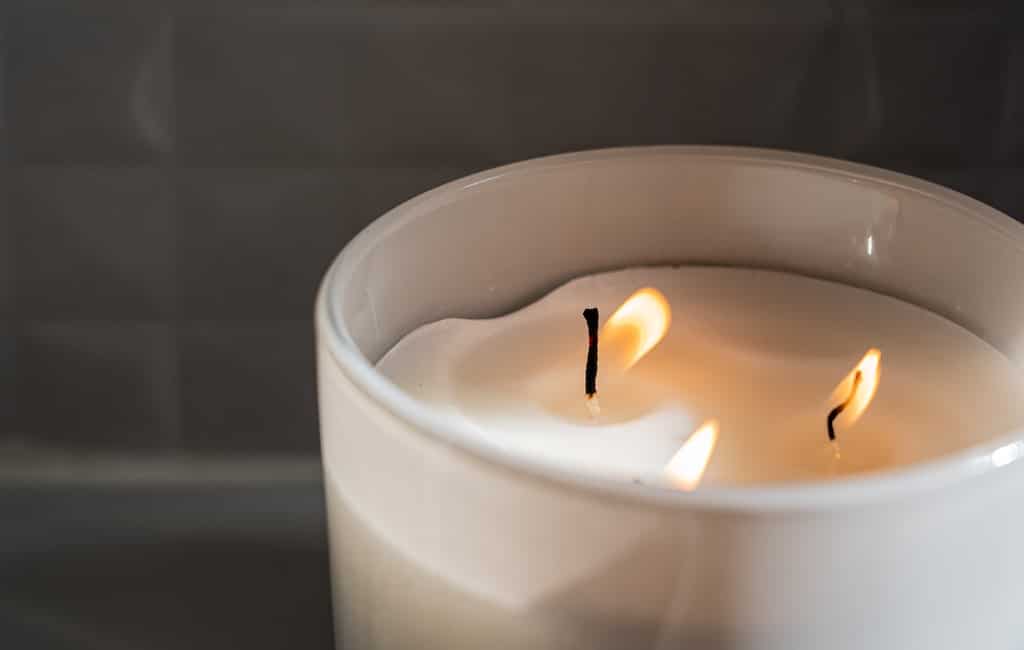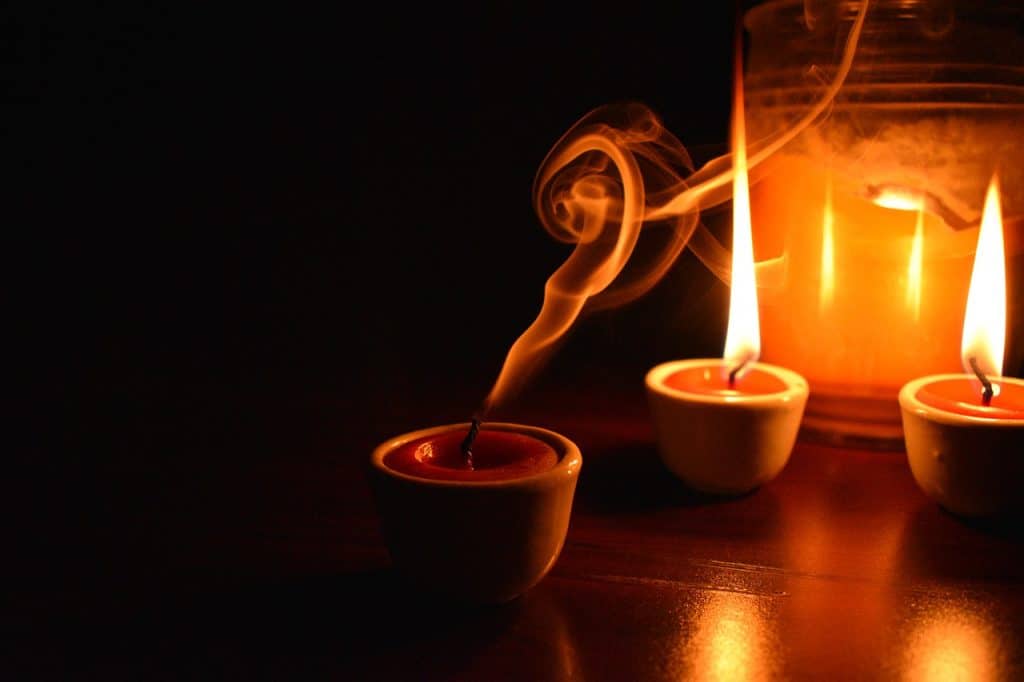Soy candles are amazing types of candles. They are completely vegetable-based, which makes them great for the environment in terms of the types of gases they produce (which are known to be pretty non-toxic, compared to the types of effluents produced by some other kinds of candles, like paraffin wax candles; which are petroleum based). This is why many naturalists recommend soy candles to candle lovers.
Soy candles were only invented not too long ago, which means they are fairly new to the game. However, they have managed to leave their own undeniable mark on the candle-making industry.
WHO INVENTED SOY CANDLES?
Soy candles were invented by a man named Michael Richards, in 1991. The invention was inspired by his desire to find a cheaper and more affordable alternative to beeswax; this was because beeswax the best type of candle wax in the global markets, owing to the unique materials it is made from, and the fact that it is a form of natural wax. Natural wax is a type of wax that is obtained from natural sources, which means that its effluents and by-products are not as dangerously harmful as those given off by other types of wax materials (which are not of natural origins, e.g. paraffin wax that is derived from petroleum).
This invention of soy wax gained its inventor a lot of attention, which he continues to enjoy till this day; particularly as he is doing more research into the production of better versions of the soy wax candles e.g. through research into soybean strains of high-oleic content. These types of soy beans would produce oils that would be more stable when they are used to make candle wax. They would also adapt better to conditions of high heat and low temperature, which often disturb the structural quality of soy candles.

OTHER TYPES OF NATURAL WAXES
- Beeswax
Beeswax is a type of candle wax that is completely natural. The material used in making it is beeswax (as rightly indicated by its name), and this material is what makes it the highest quality of candles in the world.
Apart from this, beeswax has a very long history in the world. It has been used by many types of ancient cultures in various rites, mainly to meet the demand for illumination. But also because of the subtle pleasant aroma which beeswax emits when it is being burned.
Being a natural wax of such premium quality, beeswax candles do not give off toxic gases and substances which other types of candles give off during burning. In order words, it is a type of wax that burns cleanly. However, beeswax is very expensive, which is why people have expended a lot of efforts into finding – or inventing – suitable alternatives for it.
- Palm wax
Palm wax is a type of candle making material that is notable for being completely natural (some people say that it is even more natural than soy wax, since soy wax may sometimes contain additives which palm wax does not require). A lot of candle makers prefer palm wax to any other alternative to bees wax, because it holds fragrance better, and can burn for a longer period of time; as its wax structure is excellent. It is also very efficient in terms of ingredient use (even more so than soy wax, which can require a lot more amounts of ingredients compared to palm wax). It is also completely biodegradable and environmentally friendly. However, this is where some people disagree.
The use of palm wax in making candles means that more palm trees will be harvested and cut down and this can do great damage to the environment (especially in this crucial time, when global warming and climate change have become hot topics of concern). The general idea is that if people continue to switch to palm wax, because of its high quality, there would be higher demand on palm trees; and this is not environmentally sustainable.
- Coconut wax
Coconut wax is another type of natural wax that makes a very suitable alternative for beeswax; which – despite being of superior quality – is a lot more expensive. One of the things that make coconut wax very suitable is the fact that it is a lot better at handling fragrance than other waxes (e.g. soy wax). Coconut wax is also known to for a very long time, and when it burns it is noted to burn well and evenly (when a candle burns evenly, it is at lower risk of developing tunneling; which is a situation that occurs when the wax at the innermost part of a candle burns at a much faster rate than those on the outer areas. When this happens, candle wax can waste, since the candle will burn down faster and leave excess wax in its wake).

HOW WAS SOY WAX PRODUCED IN THE FIRST PLACE?
Michael Richards first commercialized soy wax candles in 1993, and while they were more expensive than paraffin candles, they were a lot easier to purchase than beeswax candles.
Soy wax is formed when the oil extracted from soybean is hydrogenated in the presence of a catalyst, which gives the soy wax an extra molecule of hydrogen that allows it to become solid wax. This brilliant invention is why Richards holds patents on some notable formulations on soy wax. Since the early 90’s, soy wax candles have become regular household goods, and they are generally known to be much better substitutes to beeswax than other types of candles.
SOY CANDLE FROSTING
Ultimately, of all the alternatives to beeswax, soy wax holds a unique position. This is because it is not just natural and of high quality, it is also very cost effective. Large amounts of it can be produced at low costs.
However, one of the things people notice about candles is that they tend to crystallize under the effects of high temperature. Upon subsequent cooling, or exposure to lower temperature, they solidify again; leading to the formation of a whitish or cloudy area on the candle wax. The formation of this cloudy part is known as soy candle frosting. And while it is very visible, soy frosting does not affect the quality of the soy candle in any way. It is, however, one of the drawbacks that would hopefully be eliminated when better forms of soy candles are invented following scientific research.




